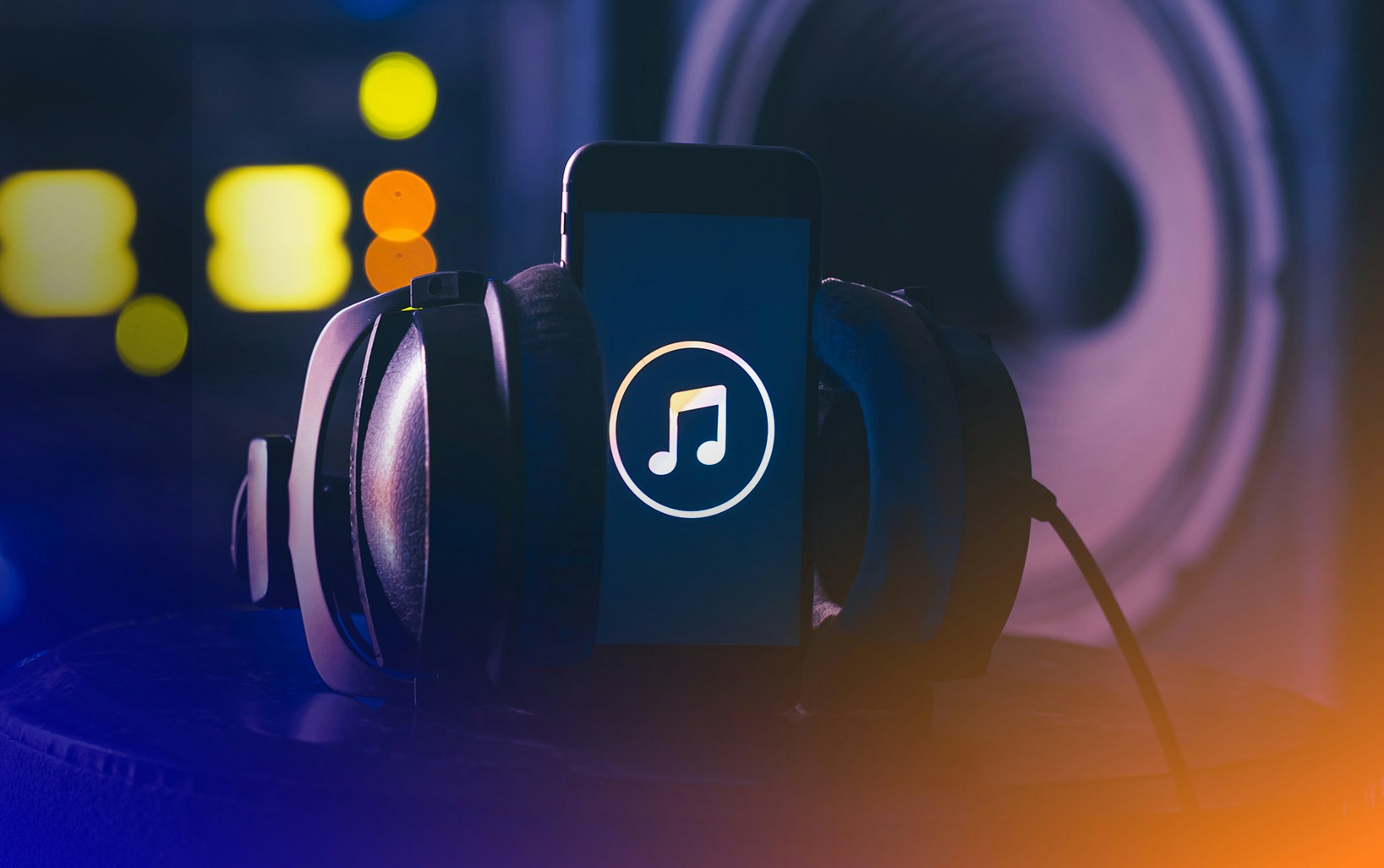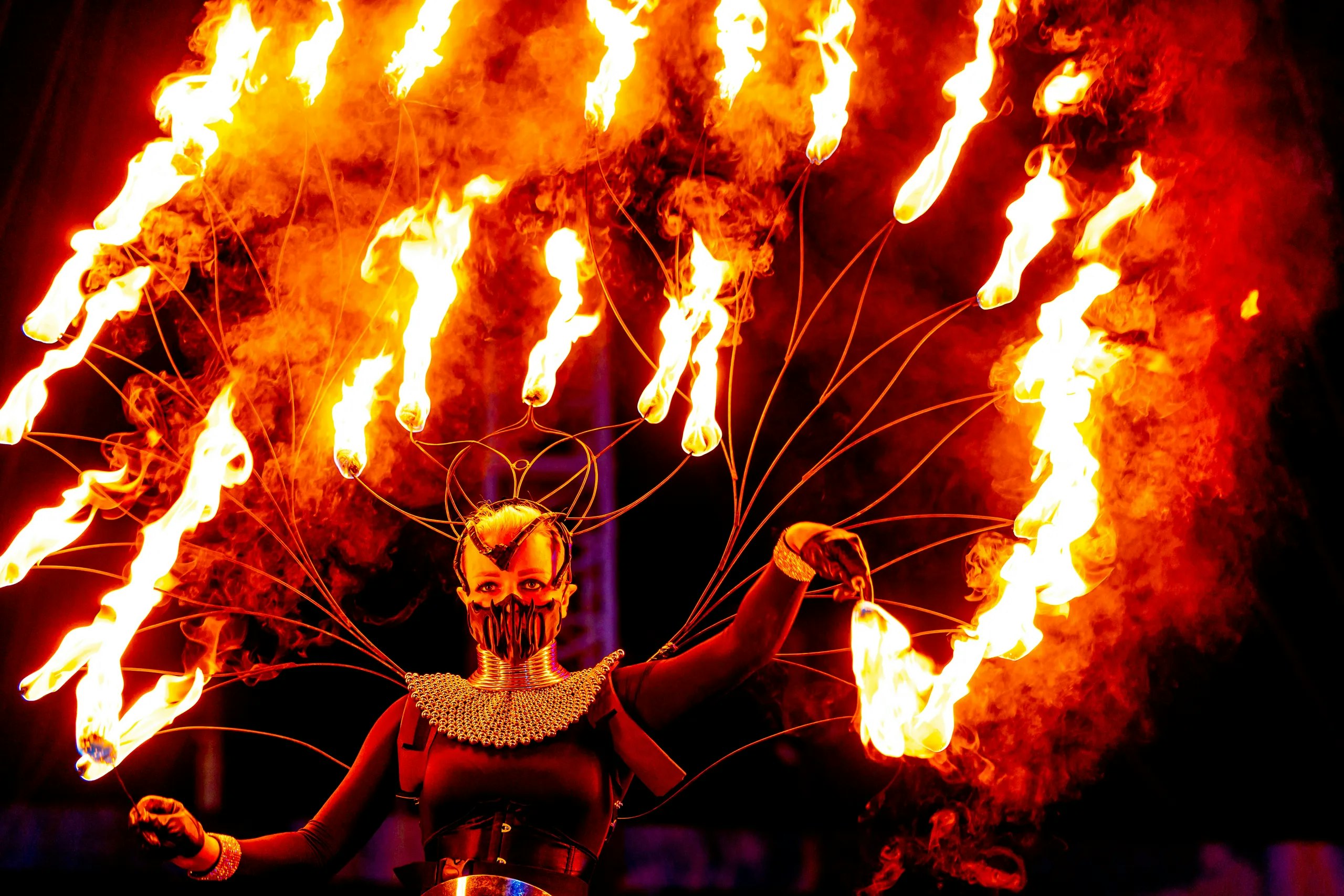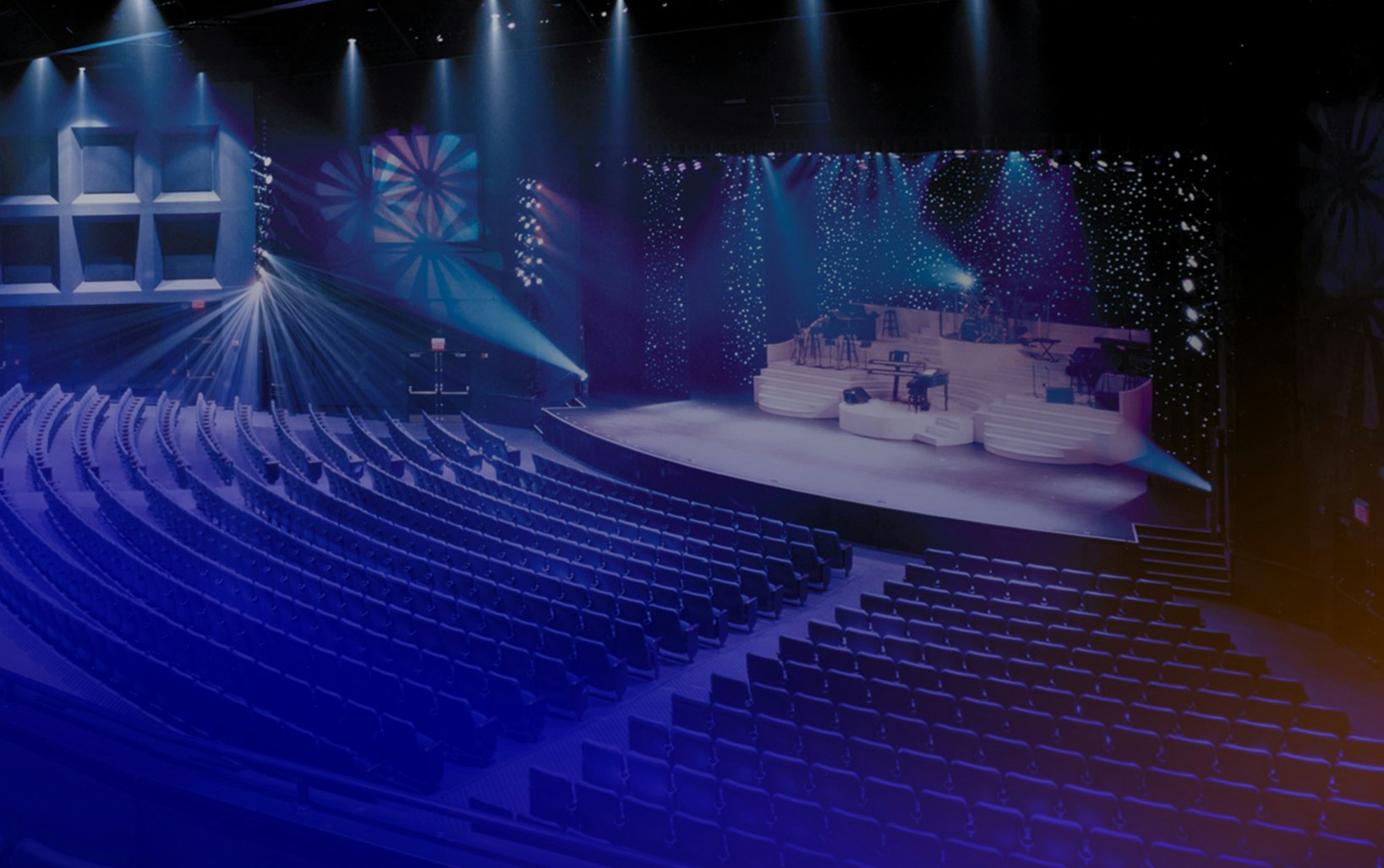

Types of Violins: The Sweet Soprano of the Orchestra
By MDLBEAST
October 29 2023
Types of Violins: The Sweet Soprano of the Orchestra
By MDLBEAST
October 29 2023
As a part of our thorough look at instruments of all kinds, we’ve explored the world of string instruments, the origins of music, and an analysis of the different types of instruments, such as the types of saxophones. This article will touch upon the types of violins and how we see them used in different musical genres.
The violin, often called the "sweet soprano" of the orchestra, is a remarkable instrument that has graced the world's stages for centuries. The family of violins offers an array of voices that pave the way for musicians to express their hearts' content.
A Brief History of the Violin and Its Popularization
According to most historians, the modern violin first appeared in northern Italy in the early 16th century. From there, the region would continue the violin-making heritage for several decades. The area provided easy access to maple and spruce, the two types of wood used to craft the instrument.
Even with its humble origins (and being initially regarded as an instrument for the lower classes), the violin rose to prominence in the seventeenth century when composers like Monteverdi (a pioneer in the development of opera in the Baroque era) began writing music for the new string family.
The Fiddle: Traditional Roots and Folklore
While the term "fiddle" often conjures images of lively folk music and spirited dance, the fiddle is actually just another word for a violin. This term is commonly used as an informal way to describe its use in folk, country, and traditional music genres.
Its vibrant sound, deft fingerwork, and infectious melodies have made it a symbol of musical storytelling. Fiddlers, with their agile and lively bowing techniques, infuse their music with energy and emotion, captivating audiences with every note.
The Electric Violin: Innovating Soundscapes
And to flip classical music on its head, the electric violin rises to bring a traditional instrument into contemporary music. With the addition of pickups and amplification, the electric violin can produce anything from classic violin sounds to experimental, electrified textures.
Musicians who explore electric violins, such as Lindsey Stirling (popular on Youtube for her choreographed violin recitals) and Jean-Luc Ponty (acclaimed French Jazz violinist and composer), expand the violin's capabilities, incorporating it into genres like rock, jazz, and even electronic dance music (EDM).
Kayan, a Saudi DJ and producer, is another musician expanding the bounds of violin performance. She has gained global recognition for her unique ability to combine electronic beats with violin melodies. At MDLBEAST's Soundstorm Festival, Kayan combined EDM and the emotive potential of the violin seamlessly, showing off her flair for improvisation. Her set perfectly represented Soundstorm's emphasis on innovation and the universality of music.
The Bass Violin: Anchoring the Ensemble
We can’t forget this booming part of the string family. The largest of the violin family is the bass violin, often called a double bass or upright bass. It has a full, deep tone that serves as a foundation for orchestras, jazz bands, and other ensembles. The bass violin provides the essential low-end foundation that underpins the entire musical composition and acts as the ensemble's driving rhythmic engine.
The Tenor Violin: A Unique Voice
The tenor violin, albeit less popular than its relatives, has a distinct sound within the violin family. Positioned between the violin and the cello in size and pitch, the tenor violin produces a distinct warm and expressive timbre. When layered within chamber music (classical music written for a smaller number of instruments) or other small ensembles, it creates a new and interesting texture.
Contemporary Applications: Violin Across Genres
The violin's adaptability shines in contemporary music, where it’s used in various genres. At the same time, its virtuoso concertos and heartfelt solos continue to enthrall audiences in classical music.
Artists like David Garrett (regarded as one of the pioneers of the crossover trend) and Vanessa-Mae (the Singaporean-born British violinist crowned the wealthiest entertainer under 30 in the United Kingdom in 2006) have captivated audiences with their genre-bending styles and innovative experimentation. Meanwhile, Stéphane Grappelli's signature swing-style violin playing revolutionized the mainstream approach to jazz.
To bring it closer to home, Celtic, Indian, and Middle Eastern music are just a few examples of global music applications in which violins also shine. The violin blends in with music from many different traditions and cultures, creating enchanting fusions of sound and positioning it as a timeless tool of sonic expression.
Share this


